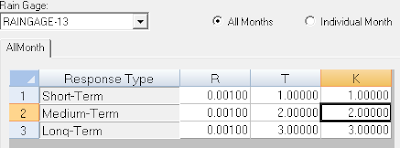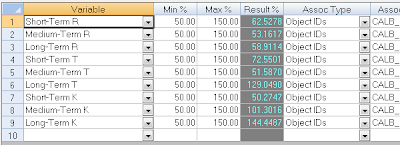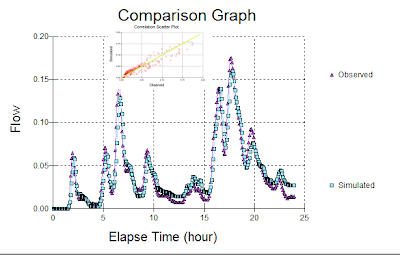Subject: How to Use the H2OMAP SWMM Calibrator for RTK Calibration
Step 1. Initial Guess of the RTK data as the start of the Messy Genetic Algorithm process
Step 2. Use Min and Max Bounds of 50 and 150 Respectively and Apply the Solution at each iteration
Step 3. Check the Comparison Graph and Correlation Coefficient at Each Step
Step 4. It should take just a few iterations if you have a good estimate of the initial RTK parameters
Step 5. Final Values with a Rsquare of 0.96 between Observed and Simulated





Replies
Great, that clears things up. Thanks Bob!
Hello Ross,
If you use the Peak Threshold then flow greater than 1 mgd only will be used for the fitness criteria. If you use the Low Threshold then only those flows less than 1 mgd will be used in the Fitness calculations.
I hope this helps.
It does not matter if you put them on one line or three lines, it is the same computationally.
I have a simple question. In the Options, I don't quite understand how to calibrate only to high flows, for example only considering peaks over 1 mgd. Should I select ">=Peak Threshold" and input a peak threshold of 1? Or should I select, "<=Low Threshold?"
Another question, If I have an interceptor with three connections that I am trying to calibrate, is it a good idea to enter all three hydrographs into the RDII group IDs filed for one calibration session? Or should I do each separate, is there a difference computationally?
Thanks!